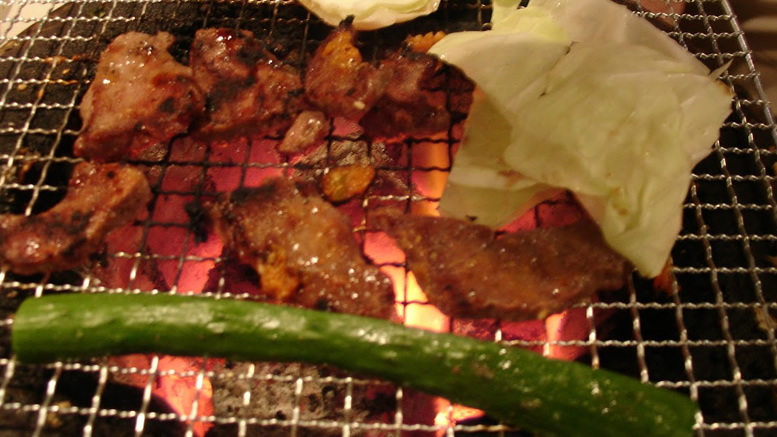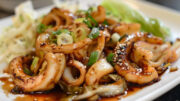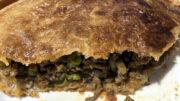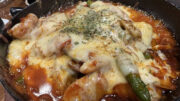Korean cuisine, influenced by both Japanese and Chinese culinary traditions, boasts unique flavors and techniques that set it apart. Known for its spicy and less oily dishes, Korean food offers a delightful balance of heat and freshness.
Rice serves as the staple food in Korea, with Koreans favoring medium-grain “sticky” rice, often mixed with barley or soybeans for added flavor and nutrition. Rice noodles and bean curd are also common starch substitutes or additions in Korean dishes.
Central to Korean cooking is the use of a clay stewing pot known as a tukbaege, which produces hearty casseroles and stews combining fish or meat with potatoes. Pickled vegetables are a staple in Korean cuisine, adding tangy and crunchy elements to meals.
Traditional Korean dining involves sitting on the floor around a low table, with meals centered around a mound of plain, steamed rice. Diners use thin chopsticks to enjoy a grilled or stir-fried main course, accompanied by a soup, salad, and an array of sauces, pickles, and condiments. Attention to detail is paramount in Korean culinary presentation, with dishes arranged neatly and colors carefully considered.
Beyond the main dishes, Korean cuisine is celebrated for its array of side dishes, known as banchan. These small, flavorful dishes, ranging from kimchi to marinated vegetables and seaweed, complement the main meal and add depth to the dining experience.
Korea’s vibrant street food culture is another integral aspect of its culinary landscape, with bustling markets and food stalls offering a tantalizing array of snacks and treats. From crispy hotteok pancakes to savory tteokbokki rice cakes, street food vendors serve up a diverse selection of quick and satisfying bites that cater to every palate.
With its rich flavors, diverse dishes, and emphasis on freshness and balance, Korean cuisine offers a culinary journey that delights the senses and reflects the unique culture and traditions of Korea.





